Main Component of Suspension System
Smooth Ride Ahead: The Suspension System's Main Components
Meta description: Take control of your ride with a reliable steering system. How it translates your input into wheel movement for precise direction.
Main Components of Steering System
The steering system plays an essential role in ensuring the smooth and controlled movement of a vehicle. It allows the driver to drive the vehicle in the desired direction with ease. A well-functioning steering system enhances the overall driving experience and ensures the safety of the occupants. We will examine the main components of a steering system and their functions.
Introduction
The steering system is reliable for solving the driver's input into the movement of the vehicle's wheels. It enables the driver to control the direction of the vehicle virtually. A typical steering system consists of several affiliated components working together to provide exact steering control.
Control Arms
The control arm ties the wheel to the fra in such a way that the wheel cathe n move up and down without any restriction. The wheel cannot move forward or rearward. The inner control arm is attached to the frame with the help of a bolt and the other end of the control arm is attached to the steering knuckle with the use of a ball joint. To protect the frame from road jerk rubber bushes are installed in the inner end of the control arm. The suspension link that joins the wheel-supporting hub or suspension upright to the chassis is known as a control arm, also known as an A-arm. The inboard (chassis) end of a control arm is held in place by a single pivot, which is typically a rubber bushing.
Ball Joint

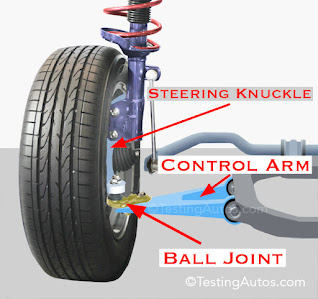
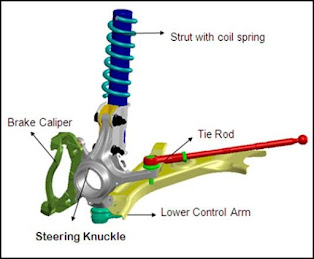
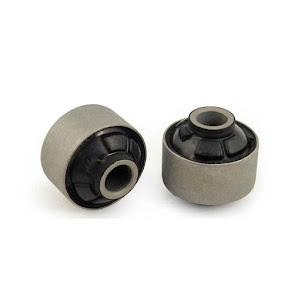
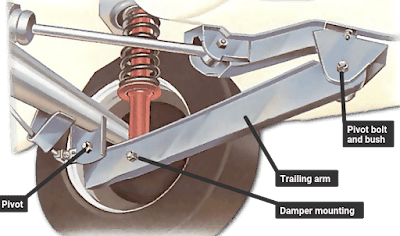
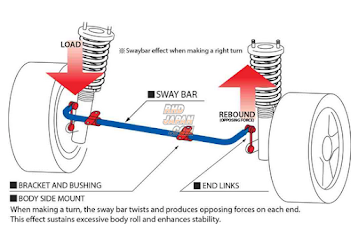
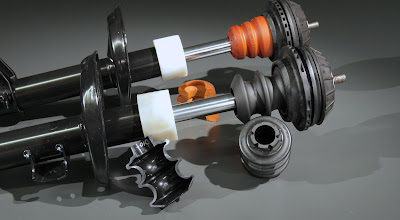
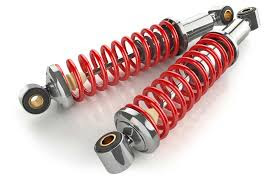

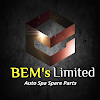

.png)

.png)
Comments
Take care, Have a good day,
"Engr Muneeb"
I sincerely appreciate your valuable remarks. It is my hope that you will continue to enjoy our forthcoming posts.
Take care and have a fantastic day!
Best regards,
Engr Muneeb
Thank you sincerely,
Best Regards,
"Engr Muneeb "